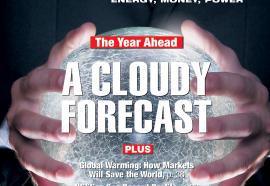Restructuring Revisited
What we can learn from retail-rate increases in restructured and non-restructured states.
Significant rate increases in many retail-access states have regulators and policy-makers asking whether customer choice and utility restructuring have failed, and what they can do about these rate increases.










